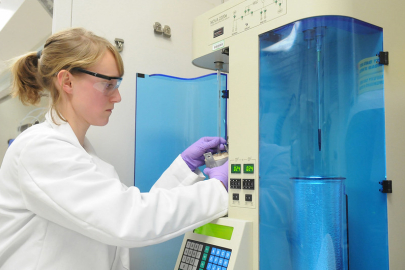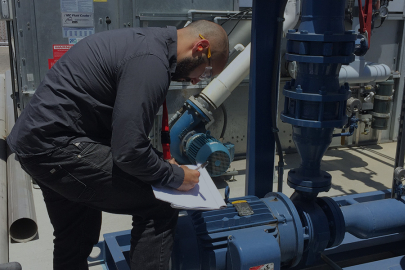Steel is a vital material, valued for being lightweight yet strong. More than 1 billion tons of steel are produced every year, being widely used in buildings, transportation, electrical appliances, and energy technologies. Iron and steel manufacturing in the United States produces 7% of industrial emissions.
Steelmaking is energy- and emissions-intensive, requiring high process temperatures and a source of carbon to drive reactions. Generating heat and the chemical reactions that occur during steelmaking processes both produce significant emissions.
How Do We Decarbonize Iron and Steel Manufacturing?
Traditional steel furnaces burn fossil fuels to reach the temperatures needed to smelt raw iron and carbon into steel. Process emissions are created when carbon is used to remove oxygen from iron ore, reducing it to pig iron, the key feedstock in the steel industry. Electric arc furnaces (EAFs) can utilize recycled steel scrap, foregoing many of the process emissions associated with smelting new steel from reduced iron ore. EAFs can rely on renewable sources of electricity to eliminate energy use emissions.
However, steelmaking remains a relatively energy-intensive process with considerable greenhouse gas emissions. To address these issues, the Industrial Technologies Office (ITO) is helping to lead the Department of Energy's (DOE) Low Emissions Steel Manufacturing Research Program. The Program is developing key decarbonization pathways including:
- Alternative iron and steelmaking processes
- Hydrogen injection into the blast furnace
- Utilizing clean electricity sources
- Increased use of scrap
- Integrating hydrogen use into existing processes.
Technology development is also underway to provide an infrastructure capable of supplying clean hydrogen and renewable electricity to help enable the industry to decarbonize its operations.




